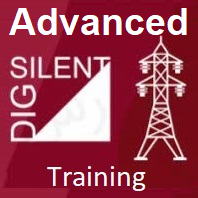
Advanced DIGSILENT Training
Pre-recorded videos with online access Free updates Free certification Free technical support prerequisite: DIGSILENT Training Package Basic Protection study Review the protection concepts Definition of different relays types Definition of CT and PT Apply protection settings Check the relay’s static performance Check the relay’s dynamic performance Check the protective coordination Drawing the relays curves Describing […]
Advanced DIGSILENT Training Read More »
